On December 11th, the Vatican unveiled its 2020 Nativity scene in St-Peter’s Square. And, once the red drape covering the scene was removed, the crowd discovered a towering, brutalist, and totem-like Angel Gabriel staring back at them, along with an astronaut and a masked executioner (yes, those guys who kill people who are sentenced to death).
Let’s say that the applause following the unveiling was “polite”. Here are some pictures of the Nativity scene.
An ominous-looking angel looks down at the crowd while Jesus remains covered in red cloth for a while (not sure why). Behind the figures is a neon light that is probably meant to look like mountains on the horizon. However, at first glance, it looks like lightning striking the Nativity scene.
An astronaut and a masked executioner are also included in the Nativity scene.
In a press release, a Vatican City Governorate announced that the manger “aims to be a sign of hope and faith for the whole world especially in this difficult time due to the COVID-19 health emergency.”
But this thing did not bring “hope and faith” at all. In fact, nearly all observers absolutely hated it.
In no way does this horned creature bring me Christmas joy. And to think, in a few weeks, he's going to be standing over a Baby Jesus at the Vatican.
How did we get here?
--The Catholic Traveler
It is almost as if the Vatican created – on purpose – something that is so ugly that it causes devout Christians to hate piece depicting the birth of Jesus. Satanists wouldn’t have done better.
Weaponized Ugliness
Titled “Monumental Nativity”, this Nativity scene was originally created between 1965 and 1975 by students and teachers from the FA Grue Art School in Castelli, Italy. The original work contained over 50 pieces, but only a few were selected for the Vatican’s Nativity scene and they chose an executioner wearing a horned mask.
“Monumental Nativity” is said to be a tribute to the world-renowned ceramic works of the Abruzzo region while giving a post-modern twist to the classic Nativity scene.
Speaking with a local newspaper, Italian art historian Andrea Cionci asked if it was a “nightmare or a masterpiece”.
“Forget the sweet face of the Madonna, the tender, luminous incarnation of the Child Jesus, the paternal sweetness of St. Joseph and the devout wonder of the shepherds. For the first time in the middle of Bernini’s colonnade, the Vatican has erected a brutally postmodern work dating back to the sixties. In the choice of this crib, all the themes of Francis’ pontificate are recognized: Above all, heavy modernism and a drastic break with Tradition.
The figures resemble the masks of the ancient and ferocious Samnites, ancestors of the Abruzzese, who had a pantheistic, animist, fetishist, magical religion, a bit like the Andean fertility goddess Pachamama.
Castelli’s “Nativity scene” is an outdated work and the product of a strongly ideological art school. The work offers an image of Castelli’s ceramics that most certainly does not correspond to reality, given that this admirable art is famous for its formal elegance and exquisite, delicate decorative inspiration that are completely absent here.
The references to the Greek, Egyptian and Sumerian sculptures of the characters suggest the liberal historical-critical method of interpreting Scripture. Liberal biblical scholars have hypothesized various aspects of the Bible as adaptations of pagan cultures rather than the result of divine revelation.”
Although “ugliness” is subjective, this Nativity scene nearly goes out of its way to be as unpleasant to the eye as possible which, in turn, is unpleasant to the soul. The least one can say is that this scene is anti-devotional. I mean, who would actually pray to this thing? You just can’t. And that’s kind of the goal of the twisted minds behind this thing.
Furthermore, beyond its overall ugliness, the Nativity scene also contains many symbols and historical references that convey a rather blatant message: This is actually an anti-Nativity scene.
Anti-Nativity
Usually, the center focus of Nativity scenes is baby Jesus. However, in this thing, Baby Jesus is basically a random toddler, just standing there, looking like a giant cork.
WORSHIP ME
The center focus of this piece is not Jesus but rather the angel Gabriel. He is surrounded by a massive aureola while Jesus is still standing there looking like a giant cork. Furthermore, the angel towers over everything atop a rib ribbed pillar. The overall shape of this pillar is highly reminiscent of an important symbol in Ancient Egypt: The Djed pillar.
On the right: A djed pillar dedicated to the goddess Hathor.
The djed is a common symbol in Ancient Egypt and is believed to represent the god Osiris, more specifically his spine. While this symbol probably bears an esoteric meaning relating to the chakras (which are said to be based on the spine), the djed is also phallic in nature and associated with fertility rites. In fact, the “raising of the djed” was an important ceremony in Ancient Egypt.
Did the Vatican deceptively make its believers witness a “raising of the djed” ceremony? One thing is for sure, the Egyptian influence of this Nativity scene blends well with what’s immediately behind it.
Right behind the Nativity scene is St. Peter’s obelisk (which is originally from Egypt).
The general layout of the Vatican is Egyptian magic in plain sight. The phallic obelisk (representing Osiris and the male principle) faces the womb-like dome of the St. Peter’s Basilica (representing Isis and the female principle). The same exact layout can be found in various power centers of the world, including Washington DC.
In Washington DC, an obelisk (the Washington monument) faces the dome of the U.S. Capitol.
In Egyptian magic, the union of male and female principles (Osiris and Isis) produces a “star child” (Horus). In esoteric terms, that star child is potent magical energy...
...the Vatican’s Nativity scene also features an astronaut. Why? God knows.
The astronaut appears to be holding/giving birth to something. Also, there’s an eight-pointed star on the helmet.
Considering the fact that this figure was created between 1965 and 1975, it might be a reference to the moon landing of 1969. But why, in 2020, did the Vatican select this thing to stand next to Jesus?
Even more baffling, why is there an executioner wearing a horned mask standing next to Jesus?
Even he’s thinking to himself: “What am I doing here?”.
In ancient times, executioners carried out the death sentences of legally condemned persons by chopping their heads off. In some cases, they wore grotesque masks with macabre and menacing traits to further terrify the prisoners while depersonalizing them as an individual. In short, that’s a bizarre figure to place next to a newborn baby Jesus, especially considering the fact that Jesus himself was ultimately sentenced to death.
According to Religion News Service, the executioner is there to represent the Vatican’s opposition to the death penalty. That’s a pretty weak argument that barely makes any sense. I mean, I’m pretty sure that the Vatican is also against crystal meth. Should they also add a meth dealer to the Nativity scene as well?
In a scene that is literally called “Nativity”, this horned figure represents death. It is the antithesis of a “Nativity”. I don’t think that Satanists would have done a better job desecrating a scene representing the birth of Jesus.
In Conclusion
In a way, this year’s Nativity scene is a sad reflection of the year 2020. It is a collection of expressionless and socially-distanced figures who do not interact with each other while standing under the neon glow of phone and computer screens.
It also reflects how the occult elite reared its ugly head this year, poisoning every aspect of our lives with its toxic agenda. Through a display that is thoroughly anti-Christian, the elite sought to prove that its toxic ideology is also embedded in the Vatican.
While “Monumental Nativity” was created decades ago, it was selected for this year’s 2020 Nativity scene for a specific reason: It contains specific symbols while conveying a specific energy. Like everything else that happened this year, this scene is about showcasing the control of the elite and the demoralization of the masses.
Job CLXXVII
-
Awareness of one’s own identity in Christ matters. The full assurance that
we are sons and daughters of God keeps us at peace even when chaos reigns
all...
1 hour ago






































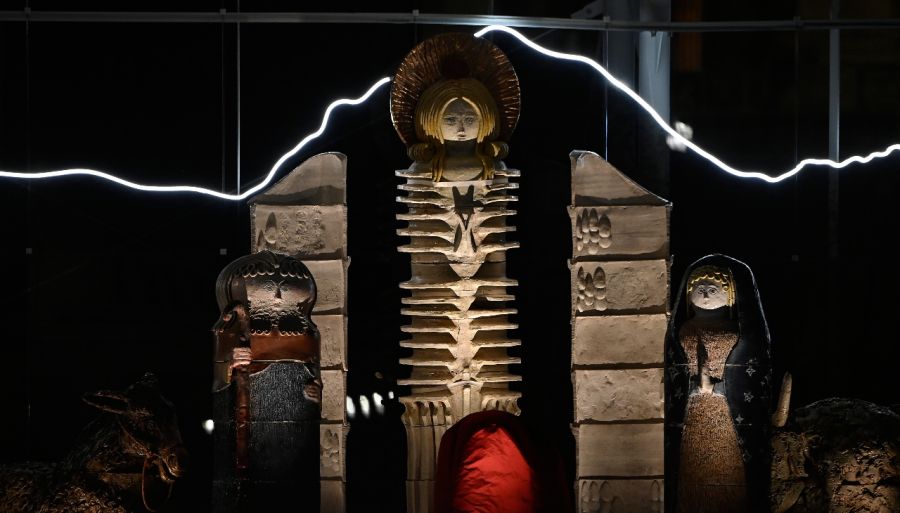
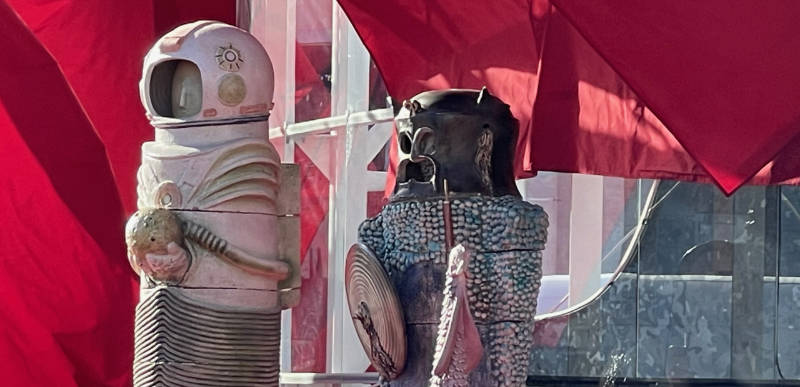
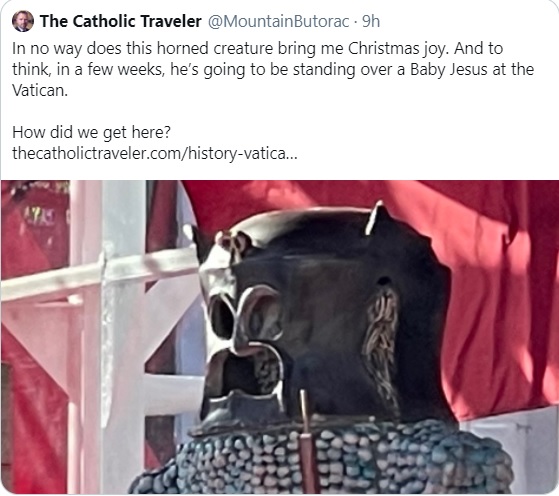
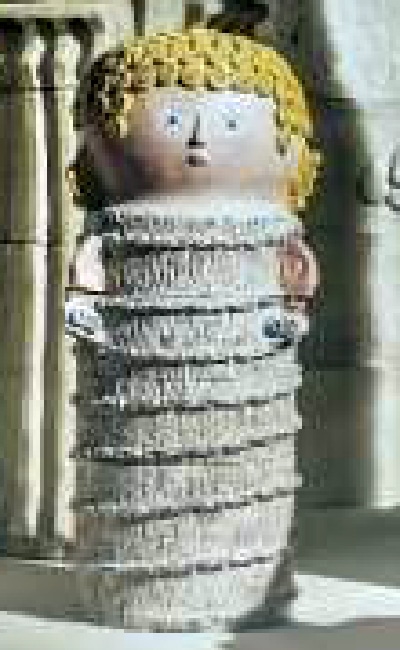
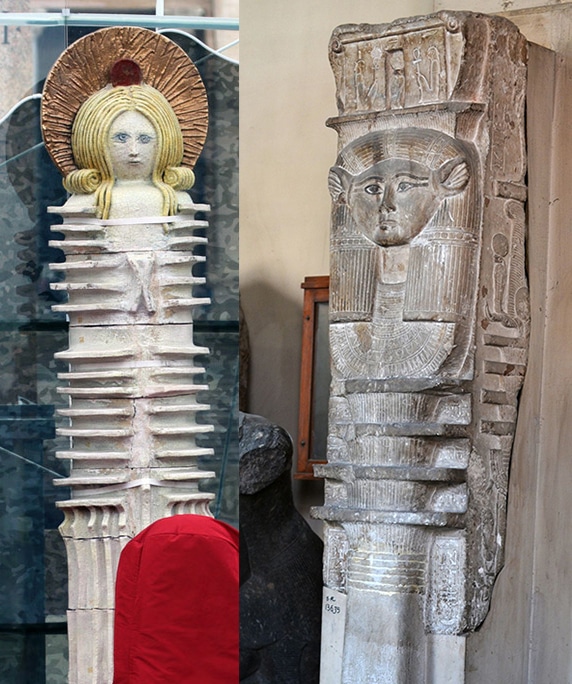


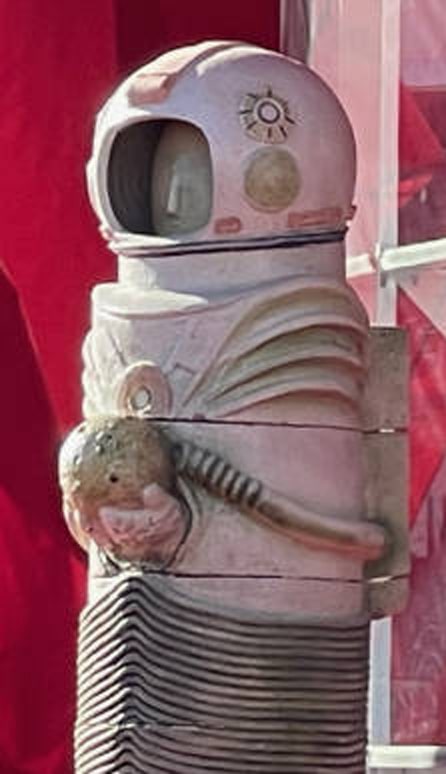
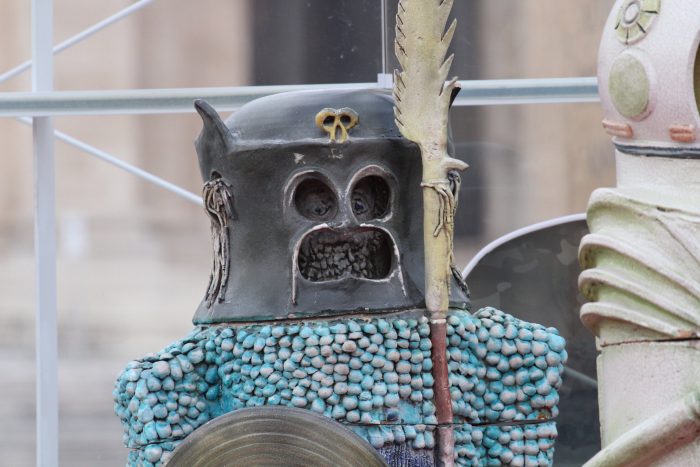
No comments:
Post a Comment